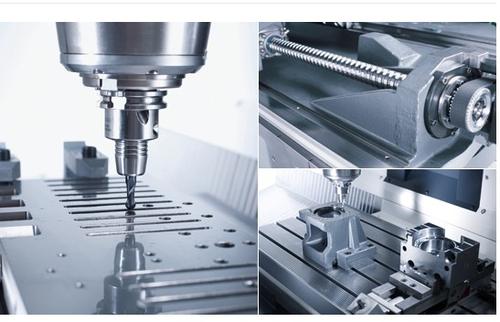
Carbon Steel vs. Alloy Steel in CNC Machining
Carbon and alloy steels are two (2) of the most used types of steels in CNC machining. But do you know their primary differences? We’ve

Carbon and alloy steels are two (2) of the most used types of steels in CNC machining. But do you know their primary differences? We’ve
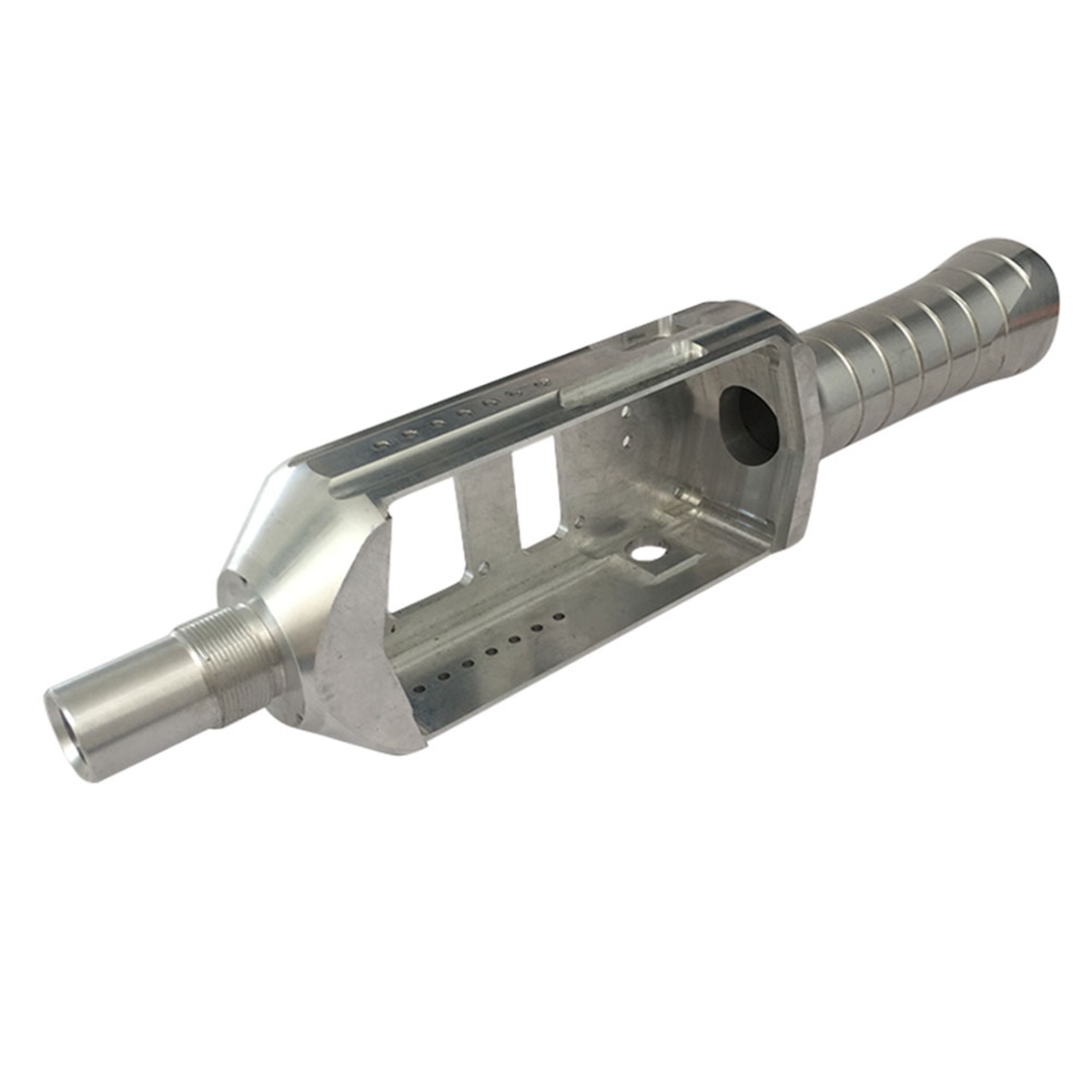
Also known as carbon tool steel, or M2, high-carbon steel refers to any steel with a carbon content of over 0.6%. Any lower than that,
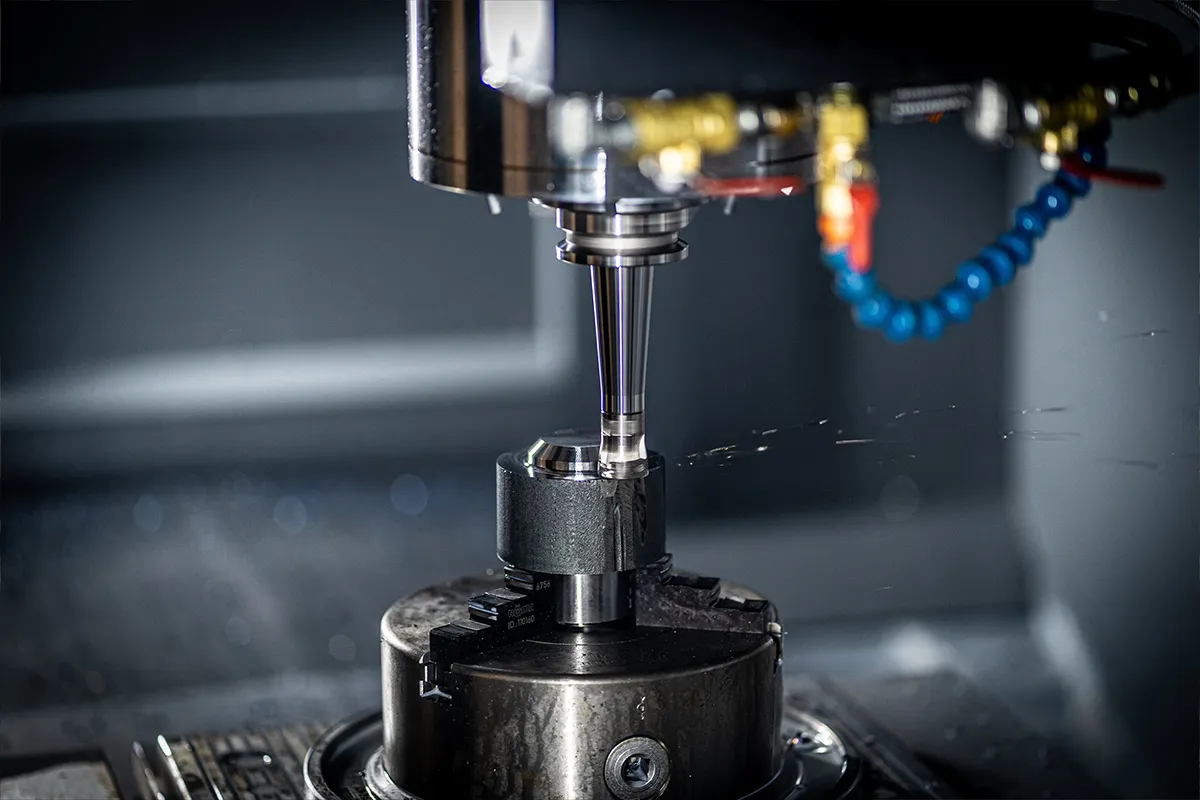
CNC machining offers several advantages when working with steel. Precision is a key benefit, as computer-controlled machining ensures accuracy in intricate designs and tight tolerances.
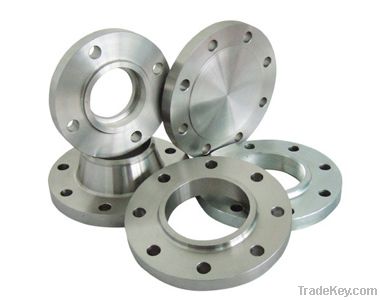
There are a handful of perks that 316 stainless steel brings to the table, including: It has the best corrosion resistance in comparison to 18/8

When selecting the right machinable plastic for CNC machining, several factors come into play: Strength and durability are crucial—if the part needs to handle high

After 304, 316 is the most popular, and it stands out from the crowd because of its top-notch corrosion resistance. This gives it a one-up
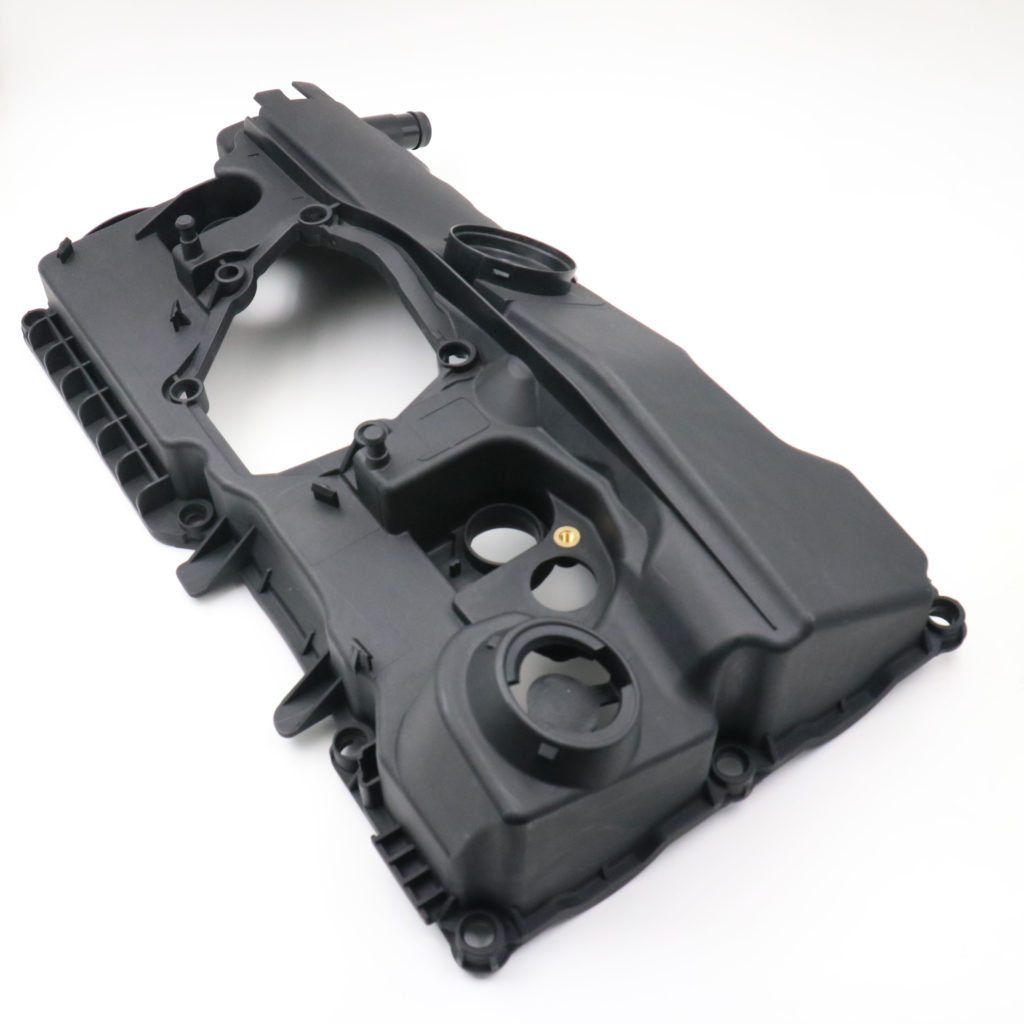
PVC (Polyvinyl Chloride) is one of the world’s most widely produced synthetic plastics, with global production exceeding 40 million tons annually. Known for its low
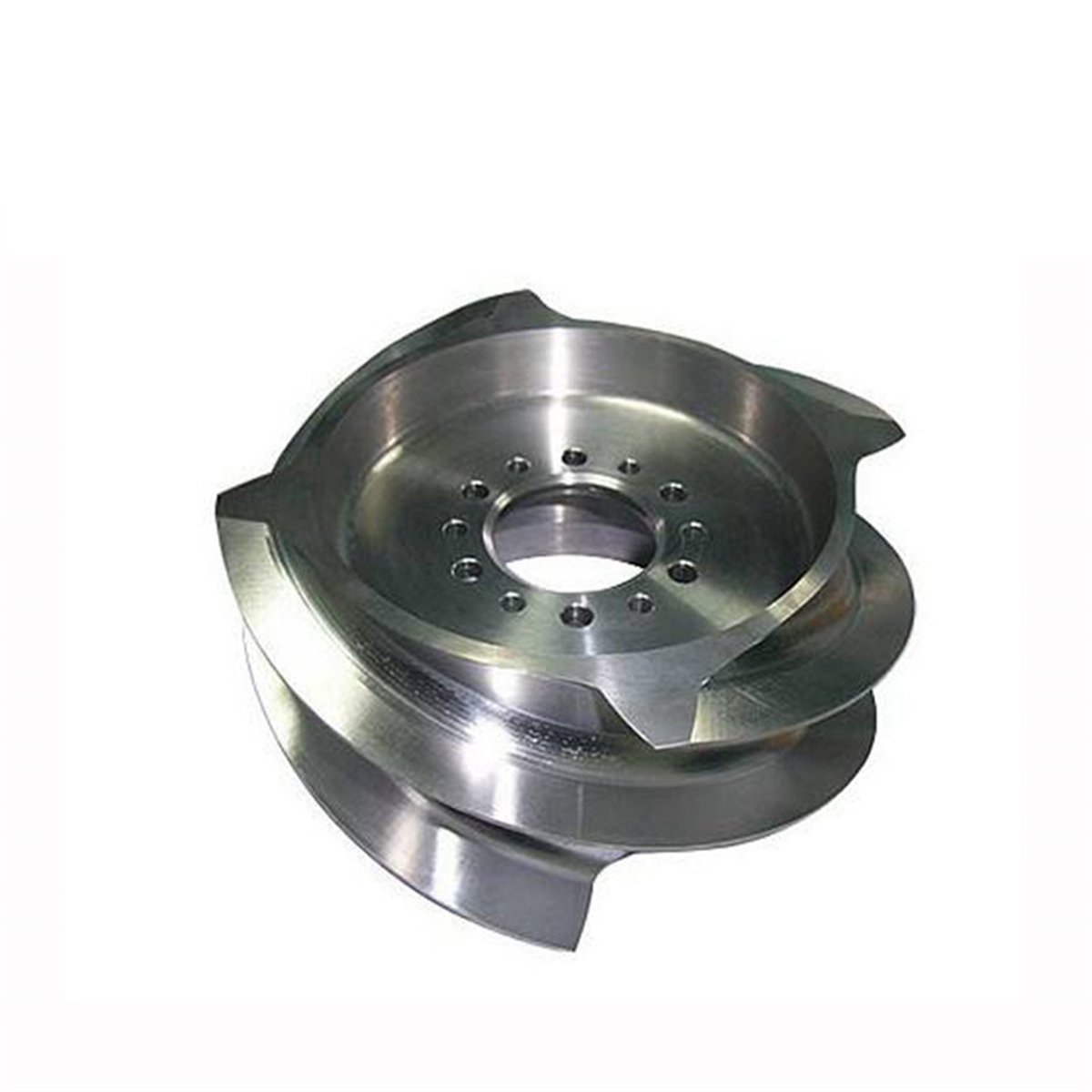
Below, we’ve listed some of the benefits that come with using 304 stainless steel: It has a higher tensile strength than 316. It can
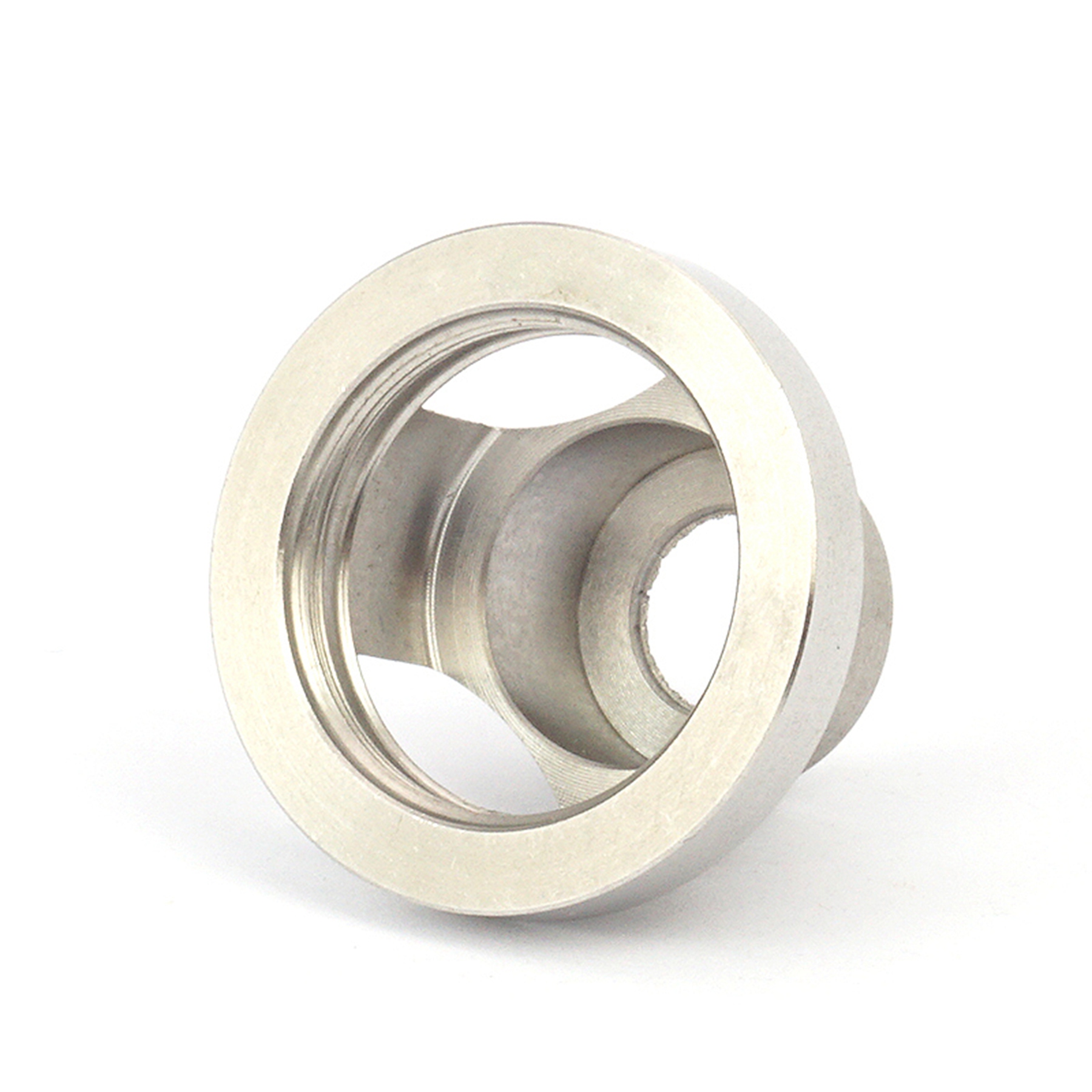
304 stainless steel can hold the official title for the most popular grade overall and is certainly a hit with our customers. That’s thanks to

Polyoxymethylene (POM), also known as acetal, is valued for its high stiffness, low friction, and excellent dimensional stability. These traits make it a top choice
WhatsApp us
Ready to Work Together? Build a project with!
*You can upload your design here so that we can provide you with a more accurate quote.